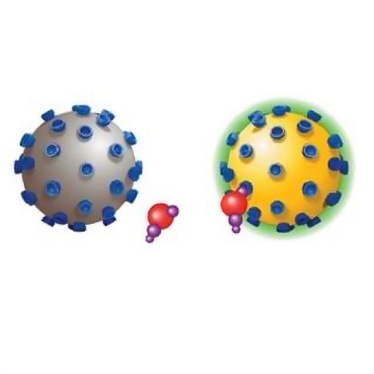Scintillation Proximity Assay (SPA)
Combine the sensitivity of radioactive assays with the convenience of a homogeneous (no wash steps) assay using SPA technology. Scintillation proximity assay (SPA) is a homogeneous and versatile technology for the rapid and sensitive assay of a wide range of biological processes, including use with enzyme targets and receptor targets, radioimmunoassays, and molecular interactions. The assay format requires no separation steps and is amenable to automation.
SPAs using either SPA scintillation beads or SPA imaging beads can be read on scintillation counters and CCD imagers, respectively. In addition, SPA reagents are suitable for the detection of a range of isotopes, including 3H, 125I, 33P, and 14C, when used as radiolabels.
For biochemical assays such as receptor binding or enzyme activity, a scintillation proximity assay offers a more convenient, cost-effective, and safer technology for a range of applications. Furthermore, our CytoStar-T® microplates are sterile, TC-treated, clear-bottomed, white-walled microplates optimized for cell-based scintillation proximity assays.
For research use only. Not for use in diagnostic procedures.































